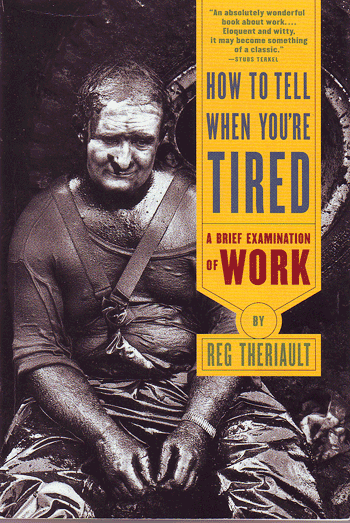Remembering “Labor” in Labor Day
Description
Throughout the years we at the WBI have covered Labor Day from the workers’ rights perspective. The holiday is not just for shopping or camping. It’s about honoring people who work. More specifically, as the historical accounts below make clear, it is about emancipating workers from horrific working conditions and doing so collectively, in an organized way. Yes, the union way.
Unions are demonized daily and growing extinct. The attacks are leveled without rebuttal by “journalists” or cowardly politicians who should represent everyone’s interests rather than corporate employers. Media reps are afraid of losing ad dollars. Politicians fear bucking the pro-corporate PACs with the funds to pour into their opponents’ campaign coffers. Unions can only muster 6% of all contributions to politicians. Corporatists control the system.
Income inequality grows in the U.S. The connection between declining unionization rates and inequality is not accidental. They are mutually determinative. That is, the richest among us want to make America a minimum wage nation, while unions ask nothing more than a living wage on which families can provide shelter, food, clothing and education for their children. Somehow, the most greedy have convinced the majority of us that those needs are excessive. That earning a $40,000 wage with benefits and a fixed pension is bankrupting America. Balderdash!!!
So, union-bashers take the weekend off, please. Let’s see how many union folks are featured in media coverage during the one holiday that belongs to them — Labor Day.
For 2013, we’re re-posting a favorite WBI podcast.
Podcast: Labor Day Message for Working Folks
Download Podcast 9 (in .mp3 format)
Restoring dignity for the underclasses with help from Franklin Roosevelt, Mark Twain (Hal Holbrook), Andrew Cuomo, Harry Chapin.
Read the report cited in the podcast: No Rhyme or Reason: The ‘Heads I Win, Tails You Lose’ Bank Bonus Culture by Andrew Cuomo, then NY State Attorney General
The Demands of Hard Labor Done by Older Workers
Just because you use the internet, it is easy to assume that everyone enjoys light duty (except for the risk repetitive strain injury) to earn a paycheck. Turns out that 8.5 million workers age 58 and older have physically demanding jobs (lifting & moving objects, standing for long periods, kneeling, crouching) or difficult physical working conditions (exposure to abnormal temperatures, contaminants, uncomfortable noise, hazardous equipment). The NY Times tells the story of Findlay Ohio worker Jack Hartley who slings heavy rubber in a tire plant. He figures he won’t last until retirement age of 65 or 66, let alone a protracted delay until age 70 that Social Security opponents suggest. The Center for Economic and Policy Research released their report Hard Work? Patterns in Physically Demanding Labor Among Older Workers (August 2010).
The summary of research findings from the CEPR report by Hye Jin Rho:
• 37 percent of male workers age 58 and older had jobs that involved any general physical demand, compared to 32.2 percent of female workers age 58 and older.
• Out of 1.4 million Latino workers age 58 and older, about 54 percent had physically demanding jobs. Latino men had the largest share (62.4 percent) of older workers in physically demanding jobs.
• Among those age 58 and older, difficult jobs were held by 62.4 percent of Latino workers, 53.2 percent of black workers, 50.5 percent of Asian Pacific American workers, and 42.6 percent of white workers.
• Older workers with less than a high school diploma had the highest share of workers (77.2 percent) in difficult jobs. Those with an advanced degree had the lowest share of workers (22 percent) in difficult jobs.
• Immigrant workers age 58 and older were more likely (47.5 percent) than non-immigrant workers (33 percent) to have physically demanding jobs. Nearly 56 percent had difficult jobs.
• 56.4 percent of older workers in the bottom wage quintile had physically demanding jobs
compared to only about 17 percent of those in the top quintile.
• 63.3 percent of older workers in the bottom wage quintile had difficult jobs compared to only about 25 percent of those in the top quintile.
Get the picture? Older Latino workers with the least amount of education earn the lowest pay doing the heaviest lifting in the workforce.
Those wimpy politicians and policy wonks who advocate postponing retirement age because they see healthy elderly folks greeting them at WalMart should have to work a demanding job.
You can download the complete report here.
The CEPR report took me back to my bookshelf to rediscover the wonderful, clear, no platitudes book by Reg Theriault about the industrial blue collar worker’s fate, to work for a lifetime in hard labor at the command of the owner.
You can purchase the book at Amazon.







